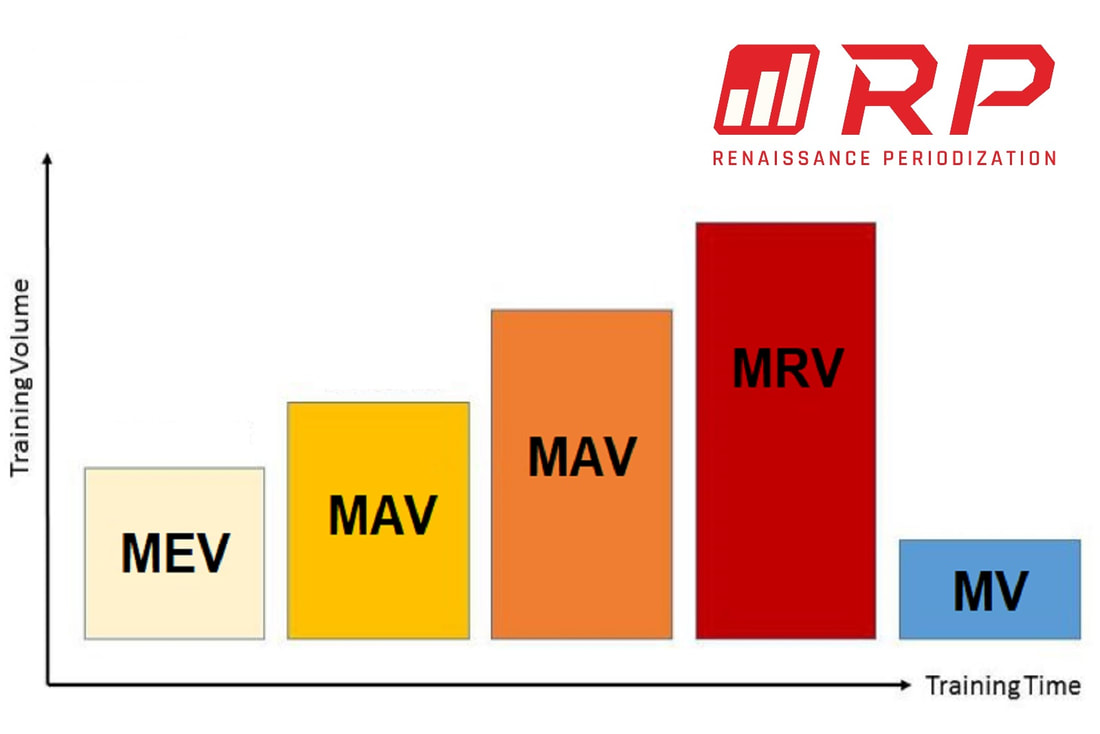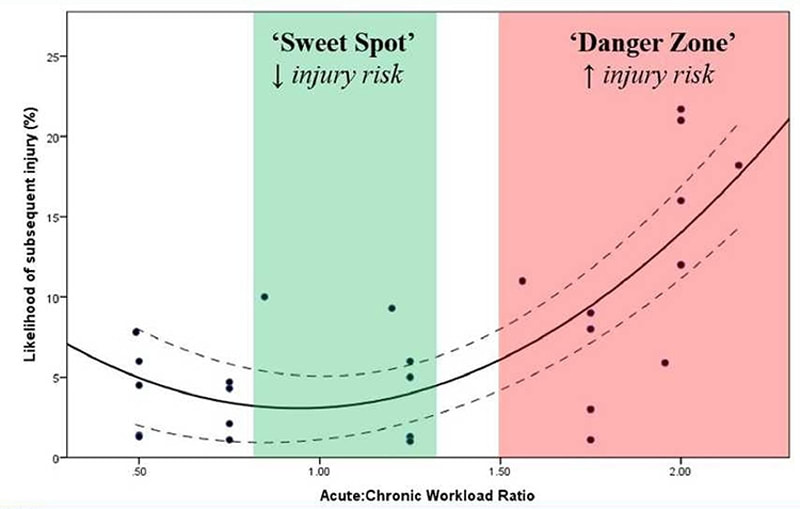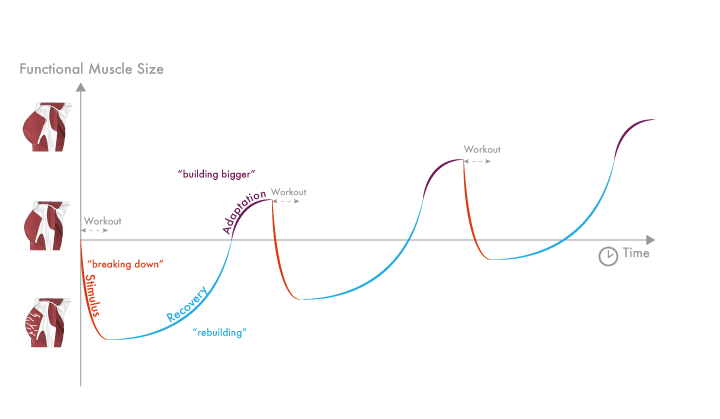|
One of the pillars that we rest our business on is tailoring our programs to meet the needs of the individual in front of us. Before I get in to the reasons why an individualized program matters I want to first recount the experience that led to this decision. For as long as I can remember I wanted to get stronger. After a few years of trying to do it on my own unsuccessfully I decided it would be best to hire a coach to get me there. The first coach I worked with used a cookie cutter template that he applied to all of the people that he worked with. For many of the lifters he trained it worked just fine. But, for me it did not work in the slightest. The problem with the program is the overall volume (amount of hard sets) was extremely low. The frequency of movement patterns (how often a movement is completed over a training week) was also very low. I worked with this coach for over a year and a half and had little to show for all of my efforts. After this experience I was in a pretty low place. I had spent lots of money, invested many hours of my valuable time, and worked hard for very little return on my investment. About six months later I met a coach that offered individualized programming and used science; things like volume landmarks, stress index, SRA cycles, and more to determine program application. In the exact same amount of time that I had worked with my previous coach I made exponentially more progress. This taught me how valuable following a structured, individualized program can be. Now that I have given you some background I want to explain a bit more about the science behind this concept. Most people are seeking some kind of adaptation from their training. For some it may be getting stronger, for others getting faster, and for others simply looking better. In order for these goals to be achieved some kind of adaptation must take place. In order for adaptation to take place the body must be challenged. The problem is every individual can handle different levels of challenge. This is why cookie cutter programs don't work for everyone. When we build a program for someone we take into account a few key concepts. These are volume landmarks, stress index, and SRA cycles. Volume landmarks explain that every individual needs a certain amount of hard sets per week to either; maintain progress, build progress slowly, or build progress maximally. Using volume landmarks allows us to find the correct dose of hard training that will exponentiate progress for particular lift of muscle group. These landmarks while similar do vary from person to person and when individualized can lead to exponentially greater progress. This graphic borrowed from RP Strength shows the varying levels of volume needed to achieve desired outcomes. MEV stands for minimum effective volume- or amount of hard sets needed to make some progress. MAV- stands for max adaptable volume- or ideal amount of hard sets needed to make steady progress. MRV- stands for max recoverable volume- or the amount of hard sets the body can handle before excess fatigue occurs. MV- stands for maintenance volume- or the amount of volume needed to maintain progress. These matter due to the fact that there is only so much time in a given week to train. Also, the body can only recover from so much. When we build programs for our clients we take into account their goals and put their primary movements at higher volumes and their lower priority movements at lower volumes. This allows for exponentially faster progress than simply following a cookie cutter program. Stress index is the concept that every body can handle a certain amount of stress over a given time period. For the sake of this post I will use the example of a training week. When programs are individualized the chance of negative outcomes from training (lack of progress, fatigue, or even injury) are reduced. Finding the appropriate dose of stress that each individual can handle allows us to build programs that get people to where they want to be in the easiest way possible. This graphic taken from Tim Gabbett explains the concept of what is known as Acute Chronic Workload Ratio. What this concept explains is that the body has a sweet spot for stress. This sweet spot is different for each person and when found can lead to ideal progress while reducing risk of injury from training. We build our programs progressively to allow each person we work with to slowly build a tolerance to stress keeping them progressing at a rate they are happy with without creating excessive fatigue. In our next article I will cover why this matters for busy periods of life as training too little can also lead to increased risk of fatigue and injury when returning to training. SRA cycles are a concept that explains each individual will have a natural Stress, Recovery, and Adaptation cycle to training. Another way that I like to frame this concept is known as time to peak. Time to peak explains the concept that every individual will have a "peak" training week after a certain amount of time. When this cycle is maximized and used repeatedly it can exponentiate the amount of progress an individual is able to make by taking advantage of peak weeks of training. This graphic borrowed from Brett Contreras illustrates this concept. The body needs a period of time to adapt to the stressors placed on it. Staggering certain movements throughout a training week and taking advantage of each individuals SRA cycle can allow us to take full advantage of what is known as supercompensation. This occurs when the body has adapted to the first bout of stress (workout). Utilizing this model allows our clients to make exponentially greater progress and train to their bodies individual rhythm.
This is just a glimpse into why we choose to tailor our programs to the needs of each individual person. Stay tuned for part two next week where I will explore the concept of individual goals and training through stages of life. Patriel Dunford - CPT, PN-1
0 Comments
Your comment will be posted after it is approved.
Leave a Reply. |
AuthorMy name is Patriel Dunford and as the owner of Infinite Fitness my main goal in life is to spread good advice in the health industry and help people live healthier, longer, more fulfilling lives. Archives
March 2024
Categories |



 RSS Feed
RSS Feed